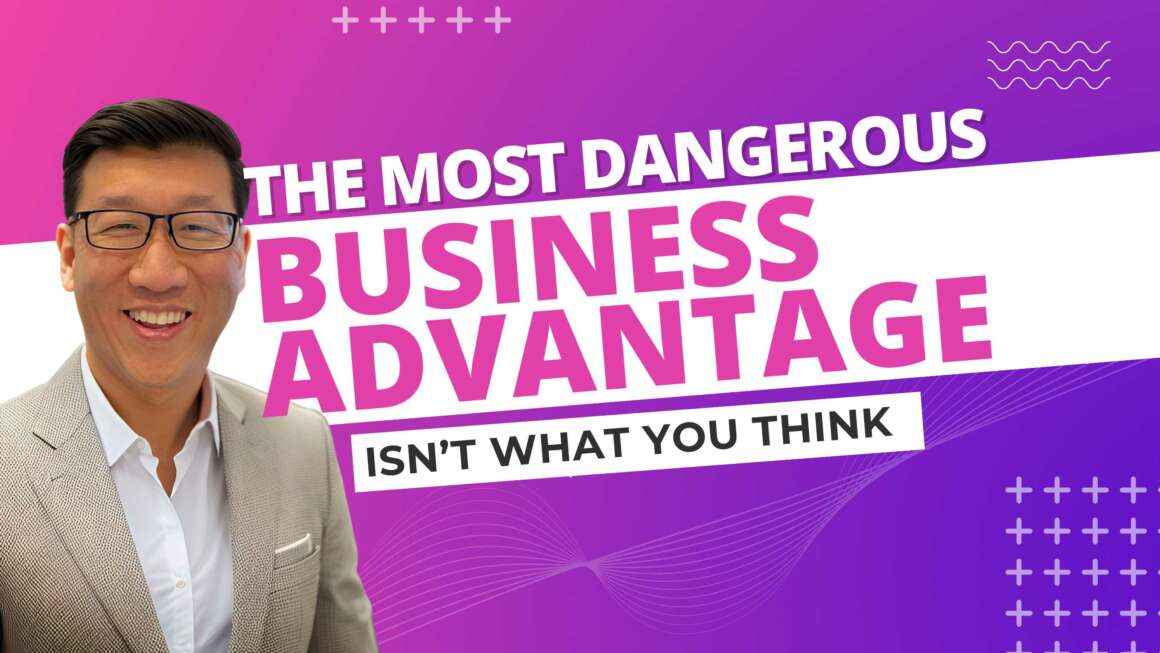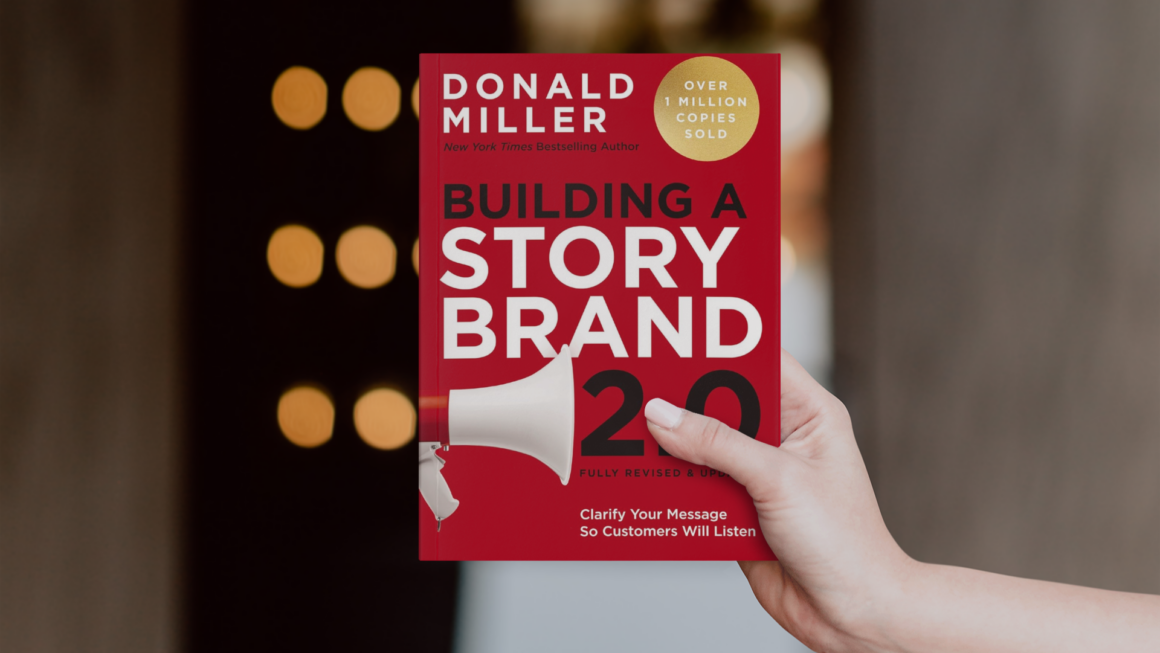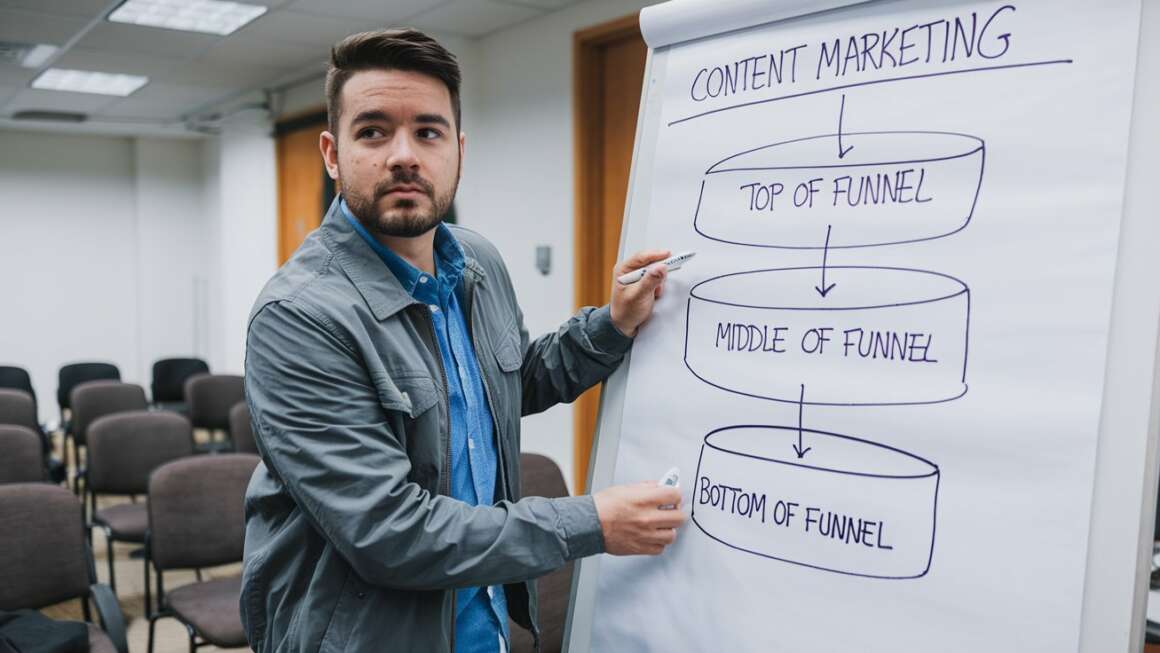If you’re a nonprofit looking to improve your marketing, you’ve probably heard about StoryBrand. It’s a powerful framework that can help you clarify your message and connect with your audience. But before you dive in and overhaul your entire website, there’s a simpler place to start: setting up a basic funnel.
Why Start with a Funnel?
A funnel is like a pathway that guides people from first hearing about your organization to taking action to support it. It’s a focused, step-by-step approach that can be more effective than trying to revamp your whole website at once. Here’s why:
- It forces you to clarify your message
- It’s easier to set up and test
- You can see results faster
The StoryBrand Approach to Funnels
StoryBrand teaches us to think of our marketing like a story, with our audience as the hero. Here’s how that plays out in a basic funnel:
1. The Landing Page: Your Story in a Nutshell
Start by creating a single page that tells your story clearly. This could be your homepage or a separate landing page. Use StoryBrand principles to:
- Identify the problem your audience faces
- Position your organization as the guide to help them
- Show the plan you offer
- Call them to action
2. The Direct Call to Action
Your main call to action should be clear and immediate. It might be:
- Make a donation
- Sign up for a program
- Volunteer
But here’s the thing: most people won’t take this big step right away.
3. The Transitional Call to Action
This is where the magic happens. Instead of losing visitors who aren’t ready to fully commit, offer them something valuable in exchange for their contact info. This could be:
- A free guide
- A video series
- A webinar
The key is to demonstrate one part of your organization’s work and show how effective it is. For example, if you’re a literacy nonprofit, you might offer a free guide on “5 Fun Reading Games for Kids.”
4. The Lead Magnet: Prove Your Worth
Your lead magnet (the free thing you’re offering) should do two things:
- Show the effectiveness of one part of your work
- Hint at a bigger problem that your organization can solve
Using our literacy example, the reading games guide might include a note about how these games are just the start, and that consistent support is needed for real progress.
5. The Email Sequence: Keep Them Engaged
Once someone downloads your lead magnet, follow up with a series of emails. These should:
- Remind them to use the resource they downloaded
- Provide additional value
- Build trust by showing up consistently
- Gradually introduce more about your organization’s work
Remember, these emails shouldn’t just ask for support. They should offer real value that your audience will want to save, share, or use.
Why This Approach Works
By focusing on a simple funnel first, you:
- Clarify your message quickly
- Start building a list of interested supporters
- Learn what resonates with your audience
- Generate results you can use to improve your broader marketing efforts
Next Steps
Ready to get started?
Here’s a simple way to begin: Get a custom StoryBrand marketing report for your organization.
Just answer a few questions, and you’ll receive a multi-page document tailored to your nonprofit’s needs. You can get it at kennyjahng.com/sbreport.
Remember, effective marketing doesn’t have to be complicated. By starting with a basic funnel, you can make a big impact without getting overwhelmed.
Give it a try and see how it can transform your nonprofit’s outreach. Let me know if you want our team to help build this basic funnel with you.



